Timeless Warning: Karel Čapek’s “War With The Newts”

In Czechoslovakia in the 1920s and 30s, Karel Čapek was a household name—one of the country’s premier intellectuals. I believe he is still remembered favourably in his homeland, but in the English-speaking world his work is rarely read anymore. Everyone, however, uses a word that he coined: robot, from the Czech robota, meaning “servitude” or “forced labour”. Čapek’s 1920 play R.U.R. introduces “robots” as synthetic humanoid lifeforms, and the term gradually morphed to refer to the mechanical beings we know them as today.
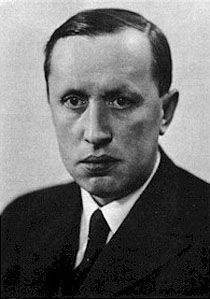
For this play and other works, Čapek is often remembered as a prophetic writer. He joins authors like Jules Verne and William Gibson who have the honour of correctly imagining some aspect of the future before it occurred. War With the Newts (1936) is a keystone in this reputation, because it refers both directly and indirectly to German expansionism in the lead-up to World War II. Near the end of the book, there is a scene where the League of Nations faces a demand by the titular newts for more “living space”. The League chooses to give up China to the newts, in the hope that they will thus be “appeased” and leave the rest of the world alone.
In 1938, in the real world, the European powers pursued just such a policy of appeasement toward Hitler’s Germany, allowing the Nazis to seize Czechoslovakia unopposed. Karel Čapek died from illness only a few months later. Had he survived, he might have witnessed the second part of his prediction coming true: just like the Nazis, the newts are not satisfied with a single sacrifice and continue to demand more.
But the prophetic power of War With the Newts is not limited to a single specific incident. Much more broadly, the novel presents a chilling depiction of human apathy that feels deeply relevant today.
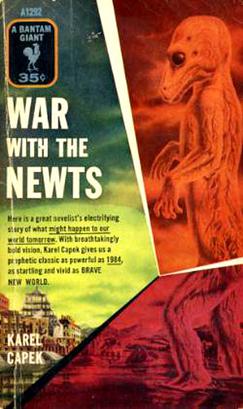
Let’s roll back to the beginning. War With the Newts is both a serious science fiction novel and a dark Swiftian satire. It starts from a slightly absurd premise: the discovery of a new species of giant, intelligent salamander in the waters around a remote Pacific island. When the explorer-entrepreneur Captain Van Toch encounters these newts, he immediately sees their potential as workers in a new form of pearl-fishing industry. The newts prove to be clever and industrious, capable of learning human speech, and willing to work for little more than the cost of their food. Van Toch opens a modern Pandora’s box by shipping the newts out to other islands (they are unable to cross ocean waters by themselves). Pretty soon the newts are being used for large-scale construction projects around the world, digging canals and erecting harbour walls. A second Industrial Revolution is underway.
Through all this the newts are generally amiable servants, holding no opinions of their own, and reflecting back the culture of whatever humans they interact with. One early chapter concerns a Newt named Andy, kept in the London Zoo, who learns human culture exclusively through the daily newspaper. He then regurgitates this information in a manner eerily similar to an AI chatbot:
‘You’re not interested in politics?’
'No, sir. WILL THERE BE WAR?’
‘No one can tell, Andy.’
‘GERMANY BUILDS A NEW TYPE OF SUBMARINE,' Andy said worriedly. 'DEATH RAYS CAN TURN WHOLE CONTINENTS INTO DESERT.’
‘You read that in the paper, didn't you?’ asked Sir Charles.
‘Yes, sir. WILL PELHAM BEAUTY OR GOBERNADOR WIN THIS YEAR'S DERBY?'
‘What do you think, Andy?’
‘Gobernador, sir. But Mr Greggs thinks Pelham Beauty.’ Andy nodded his head. 'BUY BRITISH, sir. SNIDER'S BRACES ARE BEST. HAVE YOU GOT YOUR NEW SIX-CYLINDER TANCRED JUNIOR? FAST, CHEAP, ELEGANT.’
‘Thank you, Andy. That will do.’
'WHO IS YOUR FAVOURITE FILM STAR?’
More generally, the newts form a blank canvas onto which humans project their various ideologies. Capitalists see them as a source of profit; Communists see them as a threat to labour power; and German Nationalists obsess over the racial characteristics of their paler, taller, “German Super-Newts”.
Ultimately, though, what the newts stand for is growth, endless growth. They work and they breed, they breed and they work. Čapek lays out the theme most explicitly in the below passage, delivered in characteristic deadpan style:
Never before in human history has so much been manufactured, constructed or earned as in this great age. Say what you will, the Newts have brought enormous progress to the world, as well as an ideal called Quantity. ‘We people of the Newt Age,’ is a phrase uttered with justified pride; good heavens, how can you compare us with that outmoded Human Age with its ponderous, finicky and useless fuss that went by the name of culture, the arts, pure science, and what have you! Real, self-assured Newt Age people will no longer waste their time meditating on the Essence of Things; they will be concerned solely with numbers and mass production. The world’s entire future lies in a continually increased consumption and production—so we need even more Newts to produce even more and consume even more.
Of course, there’s another obvious allegorical reading that you might already be thinking of: the newts are a lot like slaves. Čapek is certainly not unaware of this interpretation. The cover art of most editions actually misleads here, by depicting the newts as pale and distinctly amphibian in their features. But when they appear in the text, the only physical description is that they are “black”, “about the size of children” and that they waddle on their hind legs. Certain passages about the “S-trade” (salamander trade) quite explicitly echo the horrors of the Atlantic slave trade:
On board the captured newts were flung into tanks. Our ship was an old tanker; the badly cleaned tanks reeked of crude oil and the water in them had a rainbow skin of grease; only the cover had been taken off to admit air; with the Newts thrown in it looked thick and repulsive like some kind noodle soup. Here and there was a faint and pitiful movement, but for the first day the Newts were left undisturbed to enable them to recover. On the following morning four men arrived with long poles and poked around in that soup (it really is called soup in the trade); they stirred those densely pack bodies and identified those which did not move or whose flesh was falling off; these were then fished out of the tank with boathooks.
It’s hardly a spoiler to reveal that the novel ends with the newts turning against their masters, with catastrophic results. So: is this a novel about the dangers of enslaving people, or about the dangers of slaves? As well as being literally black, the newts are terrifyingly fertile. Their high birth rate is what ultimately drives them into conflict with humans—a racist trope that has only grown more virulent in the century since the novel was written.
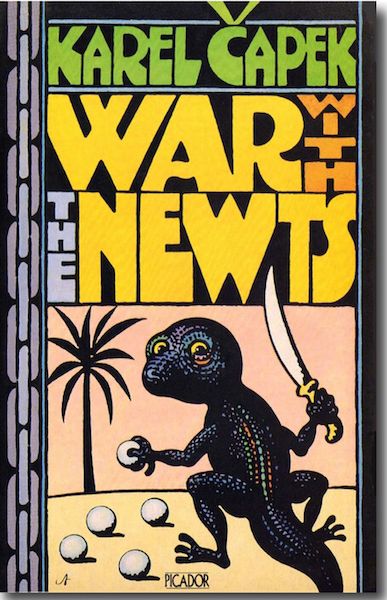
This would not be the first time that monsters of the deep were used as stand-ins for racial tropes. H. P. Lovecraft, in “The Shadow Over Innsmouth”, famously wrote about loathsome fish-men interbreeding with humans to express his fear of miscegenation. But I don’t believe Čapek was a racist, at least not in the overt sense that Lovecraft was. In this novel he reserves several sharp satirical barbs for the colonial greed of Europeans and the anti-Blackness of the United States. So the allegorical meaning of the newts remains as slippery as their amphibian skin—impossible to pin down to a single interpretation.
The novel follows an unusual structure. There is no single protagonist except, perhaps, the Newts themselves. Some chapters are told in a straightforward novelistic style, with dialogue, inner monologue and so on. Others are written as historical reports or excerpts from articles, complete with citations of sources both real and imaginary. This style recalls, on the one hand, the playful erudition of Borges with his reviews of nonexistent books; and on the other hand, the “polyvocal” works of Kim Stanley Robinson, such as the recent The Ministry for the Future (2020), which tells a future history of the climate crisis through dozens of different voices.
The most dated aspect of the book is its parodies of real celebrities from the era. For example, the film star Mae West is quoted: “[The newts] have no sex appeal. So they can’t have a soul.” And the playwright George Bernard Shaw: “They certainly have no soul. In this they resemble man.” This is pretty lowbrow, Mad Magazine-style humour, but it’s interesting as a time capsule. A few of the quoted celebrities are still well-known today. Others, like the Olympic swimmer Johnny Weissmuller or the composer Arturo Toscanini, have largely sunk beneath the tide of history.
There is a dramatic flourish of postmodernism in the novel’s final chapter, titled “The Author Talks To Himself”. Here, two opposing versions of Čapek have a frank conversation that lays out the final victory of the newts over humankind. But I’m running ahead of myself again…

The actual war with the Newts takes up only the last few chapters of the book, and is even described as “an odd sort of war, if indeed it could be called a war at all”. By this time the world economy has become inextricably bound to the Newt industry. Newts build new islands and dig new bays; human factories work overtime to provide Newts with food, iron and explosives. Although the Newts are still nominally owned by the nations whose coastal waters they inhabit, in reality humans no longer know very much about what goes on beneath the water’s surface.
An anonymous writer named ‘X’ releases a pamphlet that issues a dire warning to the human world, summed up by the rallying cry: “You fools, stop feeding the Newts!” But his concerns are uniformly rejected. The terms of the debate are chillingly similar to those used by luke-warmists to stifle climate action today:
Agriculture, too, relied heavily on vast orders of maize, potatoes and other crops for Newt feeding stuffs, any reduction in the number of salamanders would result in a serious decline in the foodstuffs market and reduce farmers to the brink of ruin. The workers' trade unions suspected Mr X of being a reactionary and announced that they would not tolerate any restrictions on the export of goods destined for the Newts; no sooner had the working people achieved full employment and performance bonuses than Mr X wanted to take the bread out of their mouths.
[…]
Naturally one could not very well expect any state to disarm unless it had guarantee that another maritime power was not secretly arming its Newts and thereby increasing its military potential at the expense of its neighbours… And there were many more such objections of a kind that any reasonable person would have to agree with.
In game theory this is called a ‘coordination problem’. Individual nations gain an advantage by ‘defecting’ (in this case, arming and feeding the Newts) even though their decisions in aggregate lead to a worse outcome for all. If the nations cannot find a way to coordinate their efforts, they all lose.
These kinds of situations can be gamed out with mathematical precision. But Čapek goes further by dramatising the human element of the problem. When the war finally begins, the Newts do not attack openly. Rather, they devour human civilisation piecemeal, through the economic and legal frameworks humanity has created for them. They do not annex land by force: they purchase it for monumental sums of money. They continue to receive supplies from all the nations and industries of the world. They are even represented by human lawyers who are paid handsomely for their role as ushers of the apocalypse. The bleakest chapter of the book is “The Vaduz Conference”, in which the nations of the world refuse to cooperate against the newt threat, opting instead to sell each other out one by one.
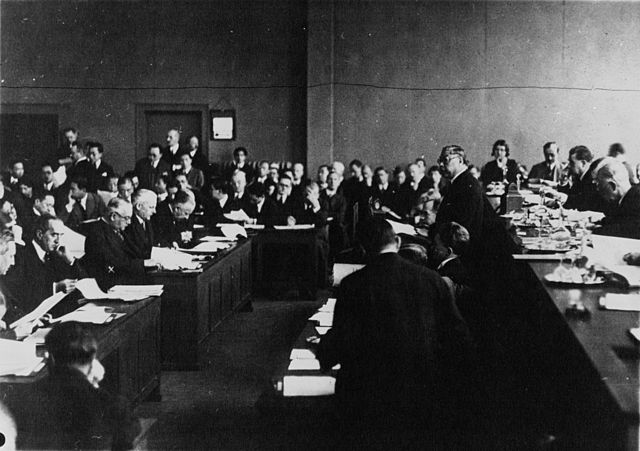
In the final chapter, the author argues with himself: “You’re going to leave it there like that?” To which he responds: “Do you suppose I wanted this kind of ending? It is simply the logic of events; how can I interfere with it?”
And it is all horribly logical, despite the absurdist satire. Everything progresses with a terrible inevitability from that first encounter in a Pacific lagoon. That Čapek sought a more upbeat ending, and found none, is unsettling to contemplate. That his pessimism was proved devastatingly correct by the invasion of his own country is simply heartbreaking.
Great works of fiction are timeless. But predictions, specific predictions, are time-sensitive. To be a successful prophet you must make your proclamation before events are in motion. Then at a specific time you are vindicated, and afterward time moves on. The magic trick is completed. A novel like Neuromancer is still read today because it is an excellent story, not because it predicted the internet. History is littered with many other prescient works that are no more than footnotes, because they did not achieve anything other than hitting a bullseye.
War With the Newts is at its best when it touches on universal ideas. Should we read the newts as an allegory for slavery, industry, animal cruelty, or Nazi belligerence? Or perhaps global warming? Or ChatGPT? All of these interpretations are possible, because they rest upon a much more fundamental theme: the capacity of human beings to destroy ourselves through our apathy and inability to coordinate. It is this deep truth that makes the novel still so potent, nearly a hundred years after it was written.
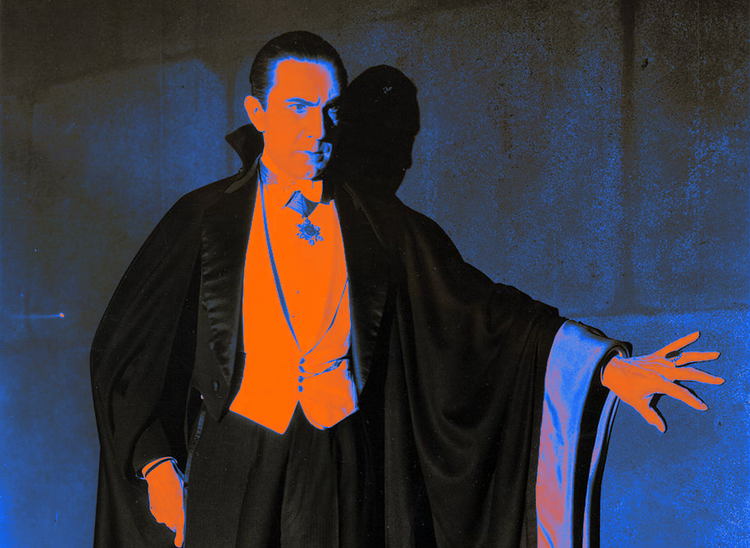
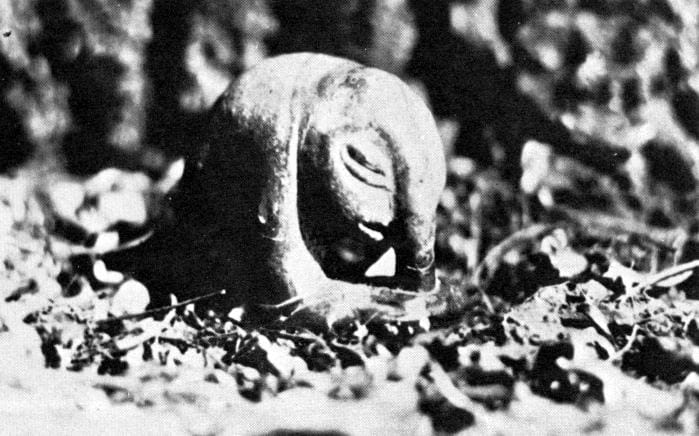
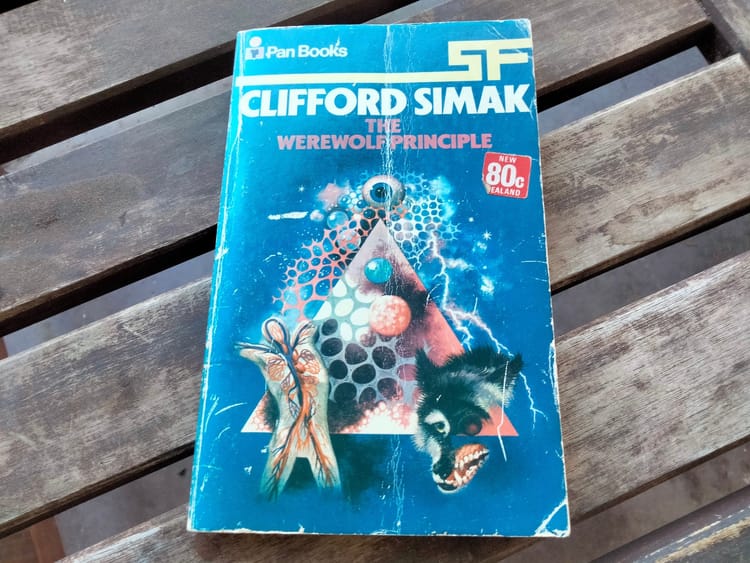


Member discussion